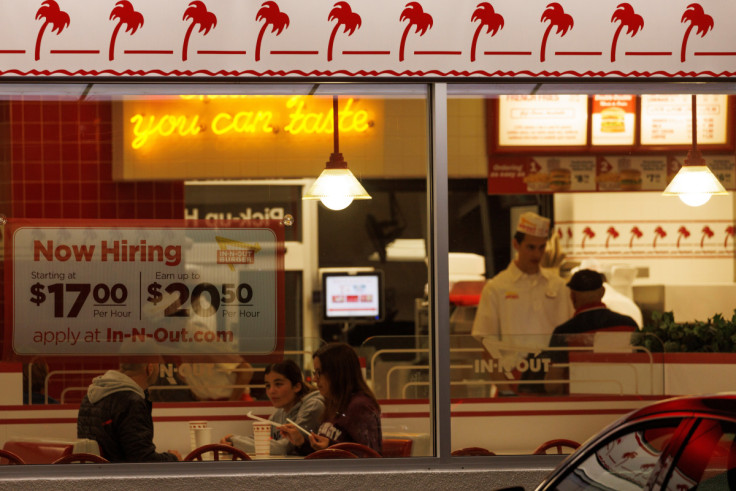US Services Sector Grows Steadily; Prices Remain Elevated

The U.S. services sector grew at a steady clip in February, with new orders and employment rising to more than one-year highs, suggesting the economy continued to expand in the first quarter.
The Institute for Supply Management (ISM) survey on Friday described companies as "mostly positive about business conditions." The survey added to robust consumer spending and labor market in suggesting the economy was not near a recession. But the economy's resilience could see the Federal Reserve keep hiking interest rates into the summer.
"Activity is not slowing much and that is keeping pressure on prices and on margins," said Tim Quinlan, a senior economist at Wells Fargo in Charlotte, North Carolina. "The fact that this is occurring alongside an upswing in hiring gives the Fed the green light for further rate increases."
The ISM's non-manufacturing PMI dipped to 55.1 from a reading of 55.2 in January. A reading above 50 indicates growth in the services industry, which accounts for more than two-thirds of the economy. The PMI is well above the 49.9 level, which the ISM says over time indicates growth in the overall economy. Economists polled by Reuters had forecast the non-manufacturing PMI would decrease to 54.5.
Thirteen services industries, including construction, retail trade, accommodation and food services as well as professional, scientific and technical services, reported growth last month. Wholesale trade and information were among the four reporting a contraction.
Commentary from businesses was mixed. Accommodation and food services businesses viewed sales activity as "generally strong, despite economic headwinds." Professional, scientific and technical services companies said they were "starting the new business cycle with a noticeable uptick in demand."
While businesses that manage companies and offer support services reported activity was slowing down, they were not seeing "a collapse like in 2009." Companies in the information sector said it was "getting harder to reduce costs," adding they have had to "reduce the employee base more aggressively to achieve margins."
Overall, the services sector is benefiting from a switch in consumer spending from goods, which are typically bought on credit. The ISM said on Wednesday that its manufacturing PMI contracted for a fourth straight month in February.
The ISM survey's gauge of new orders received by services businesses increased to 62.6 last month, the highest level since November 2021, from 60.4 in January.
According to the ISM, comments from businesses ranged from "increased requests for service and components" to "customers starting to ramp up for the spring season."
U.S. stocks were trading higher. The dollar slipped against a basket of currencies. U.S. Treasury prices rose.
Graphic: ISM services PMI

SUPPLY SIGNIFICANTLY IMPROVED
The services sector is now at the center of the fight against inflation as services prices tend to be stickier and less responsive to interest rate increases.
With the labor market still tight and inflation stubbornly high, the odds have increased that the Fed will raise interest rates at least three more times this year instead of twice.
The U.S. central bank has hiked its policy rate by 450 basis points since last March from the near-zero level to the current 4.50%-4.75% range, with the bulk of the increases coming between May and December.
A measure of prices paid by services industries for inputs fell to 65.6, the lowest in two years, from 67.8 in January. Some economists view the ISM services prices paid gauge as a good predictor of personal consumption expenditures (PCE) inflation. The Fed, which has a 2% inflation target, tracks the PCE price indexes for monetary policy. Sixteen services industries reported an increase in prices paid last month. Only accommodation and food services reported a decline.
Prices remain elevated despite a significant improvement in supply chains. The survey's measure of services industry supplier deliveries dropped to 47.6, indicating the fastest delivery performance since June 2009, from 50.0 in January. A reading below 50 indicates faster deliveries.
"Robust services demand could keep inflation sticky, putting more pressure on the Fed to keep going with rate hikes," said Priscilla Thiagamoorthy, a senior economist at BMO Capital Markets in Toronto.
Hiring increased last month, with the survey's measure of services industry employment rising to 54.0. That was the highest reading since December 2021 and was up from 50.0 in January. Anthony Nieves, chair of the ISM Services Business Survey Committee, described the employment picture as having "improved for some industries," but also noted that "several industries reported continued downsizing."
© Copyright Thomson Reuters 2024. All rights reserved.











